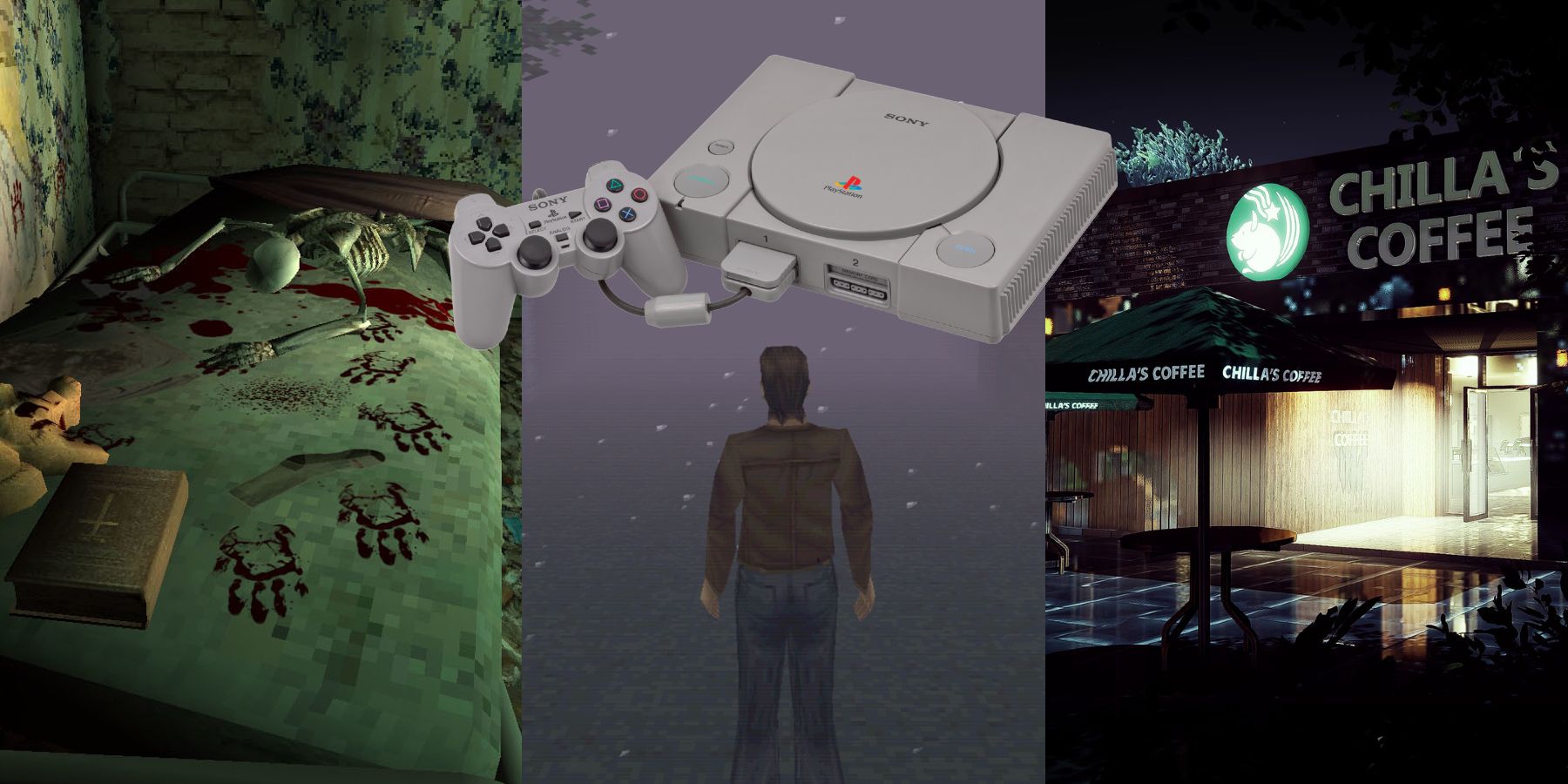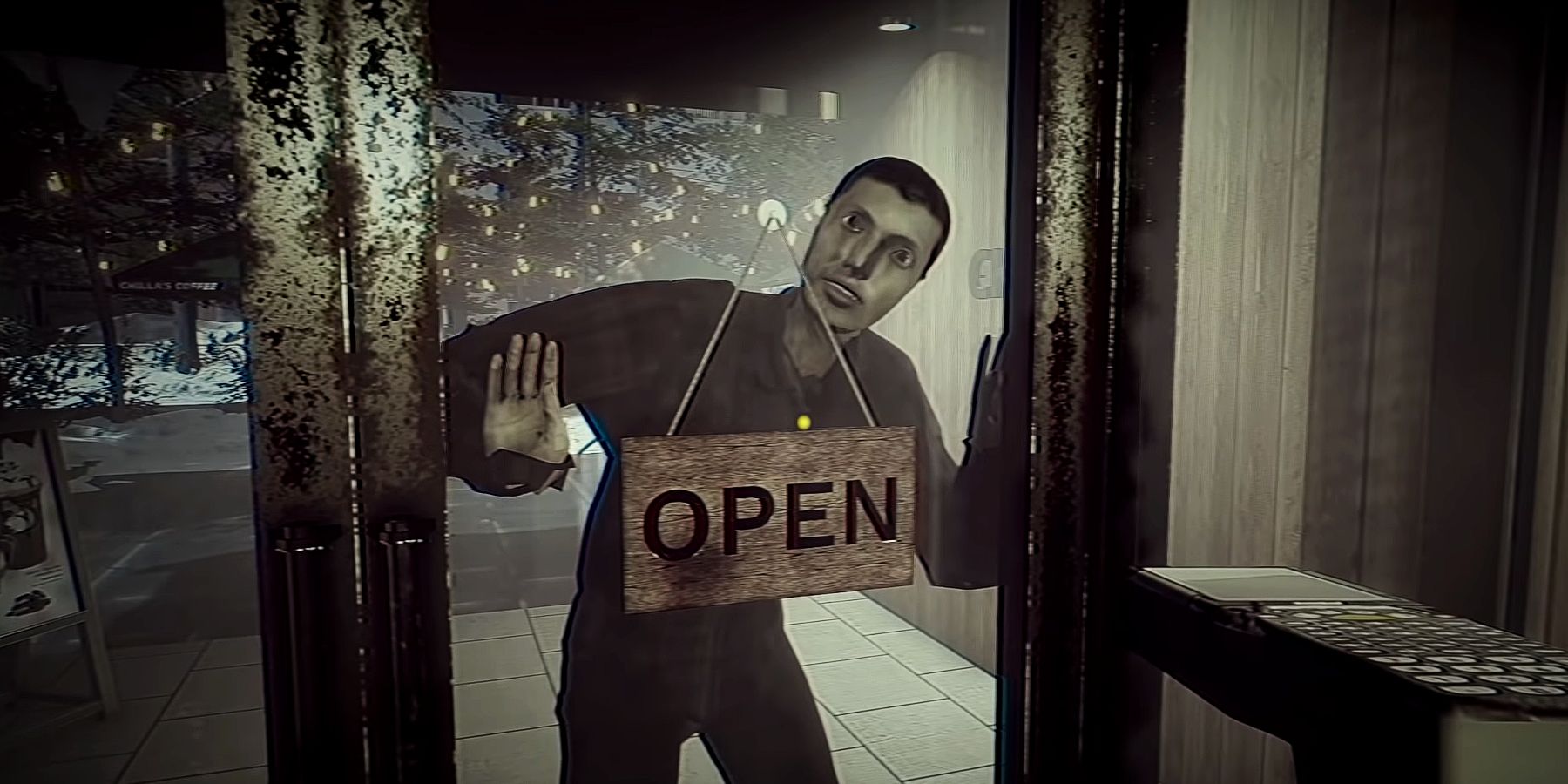Over the past several years, the indie horror scene has seen a resurgence in low-poly PlayStation 1-inspired games. The bygone era of muddy textures, polygon jittering, and pixilated JPEG faces that defined PlayStation titles has come back in full force with some truly terrifying gems.
While horror games have been around since the early 1970s, the genre became a sensation on PlayStation thanks to two monumental games: the first Resident Evil (1996) and Silent Hill (1999). The graphical limitations that were once seen as the PlayStation's weakness have been instrumental to many recently developed retro horror games due to their uncanny quality and likely some nostalgia from modern players.
How PlayStation's Technical Limitations Became an Artistic Choice
The distinctive look of PlayStation games were a result of the console's limitations, and artistic decisions to some degree. The low-poly models and low-resolution textures that defined this console generation came from hardware unable to process many polygons per-frame, nor handle textures higher than 256x256 pixels. The PlayStation also had no way to take edges or vertices that didn't fit perfectly into a grid of pixels into account, making them snap to the grid - creating that sensation of "jittering" polygons.
Another common issue of games from this time was rendering depth due to a weak processor that could not draw many polygons without sacrificing frame rate. This led to warped textures, popping and jittering texture mapping, and developers' reliance on fog. The most notable use of fog to compensate for this lack of depth was Silent Hill, however non-horror games such as Spyro the Dragon, Spider-Man, and Turok: Dinosaur Hunter also relied on fog.
Today, smaller budgets and the lower stakes of using abstract graphics allow indie developers to create a wide variety of atmospheres no longer typically seen in the mainstream. The 32-bit graphics are detailed enough for players to get a basic understanding of what's happening, while also being blurry and pixilated enough for their imaginations to fill in the gaps. This uncertainty adds to an unsettling factor that developers are leaning into by choosing this distinct style for their games.
The Return of 32-Bit Horror
The power of PS1 graphics to unnerve and unsettle players has been utilized since the mid-to-late 2010s, with games such as Kitty Horrorshow's Anatomy, Puppet Combo's Power Drill Massacre, and New Blood Interactive's DUSK. Many developers have since opted to use these 32-bit graphics, filling out the indie storefront itch.io and Steam. "Haunted PS1," a popular community for low-res game developers and enthusiasts, has seen an explosion of popularity in recent years.
While these games typically launch on PC, some of the biggest retro horror hits have already been ported to other platforms. Games like Chilla's Art's The Closing Shift, Puppet Combo's Nun Massacre, and Rayll's episodic Fears to Fathom have even been played by high-profile Twitch and YouTube personalities such as xQc, Markiplier, CoryxKenshin, and moistcr1tikal, among others.
Even with these larger online creators highlighting projects, discoverability remains a problem in the indie horror scene. For PS1-styled games in particular, some fans of horror aren't fond of the current trend. The graphical appearance dissuades some people from trying these projects out at a time when graphical technology continues to improve and push the line between fiction and reality. Despite this, the current craze for retro horror continues to expand as its "niche" audience grows. Developers have started to explore this aesthetic with the use of modern hardware to go beyond the PS1's limitations, and plenty of 32-bit games are releasing all the time to showcase their efforts.


.jpg)
